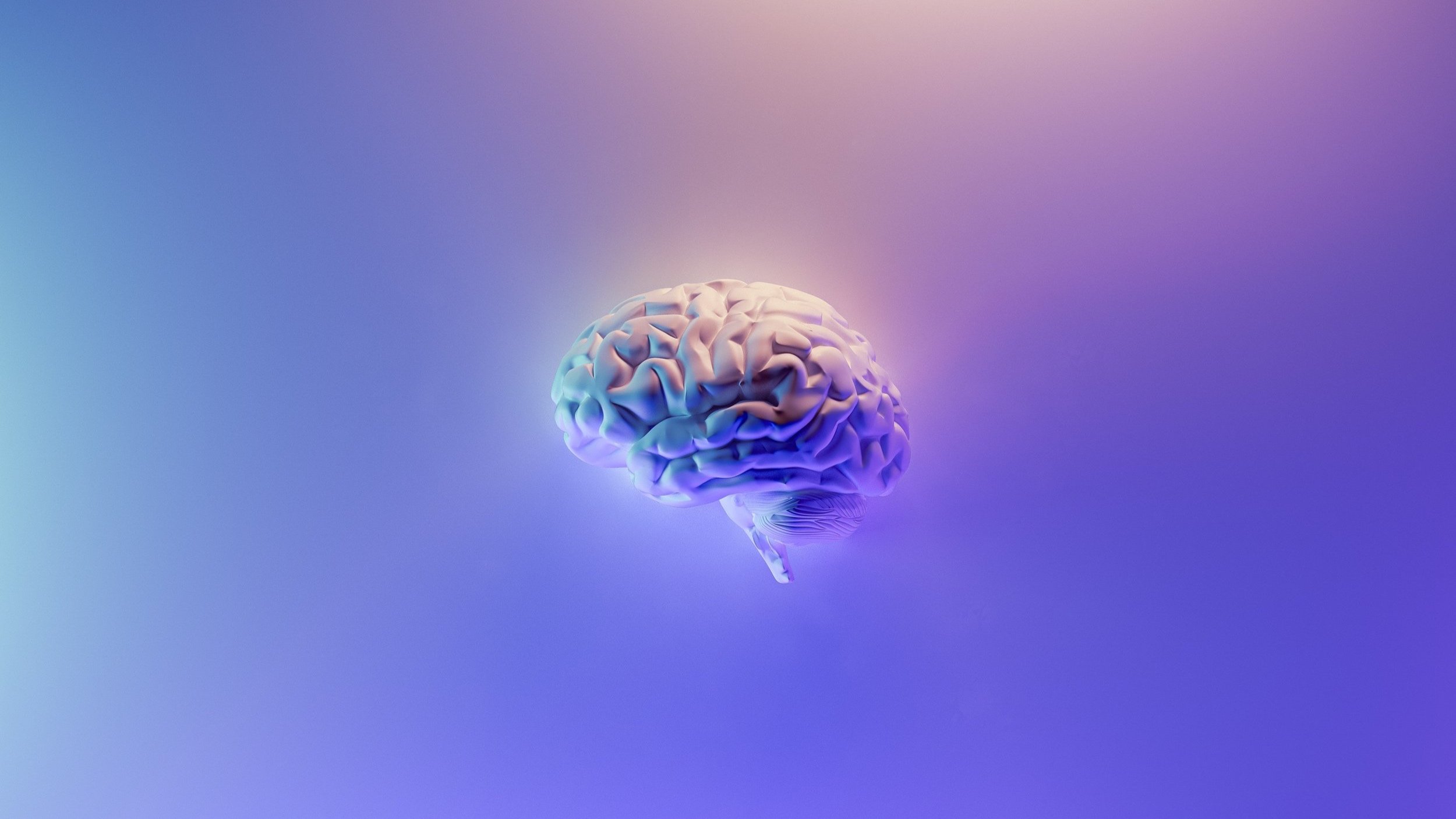The Science of Mindfulness
A Deep Dive into Neuroplasticity and the marvels of Mindfulness
In the realm of neuroscience, a profound revelation emerged, showcasing the remarkable capacity of the human brain to adapt and transform through the practice of mindfulness. As a certified mindfulness teacher and coach, it is my pleasure to guide you through the intricate web of neuroplasticity and explain how the brain's malleability can be used for positive change.
Neuroplasticity, the brain's ability to reorganise and rewire itself in response to experiences, thoughts, and emotions, serves as the foundation for understanding the transformative power of mindfulness. Professor Michael Merzenich, a distinguished neuroscientist at the University of California, has been a trailblazer in unraveling the mysteries of neuroplasticity. His pioneering work emphasises the notion that our brains are not static entities but dynamic structures capable of continual change.
"The brain is the organ of experience, and the essence of the brain's structure and function is adaptation. We are constantly being shaped by our experiences," affirms Professor Merzenich.
This insightful perspective invites us to recognise that our thoughts, feelings, and actions play a pivotal role in shaping the neural pathways within our brains.
Mindfulness, with its deliberate focus on the present moment and non-judgmental awareness, becomes a potent catalyst for sculpting these neural landscapes.
Lisa Feldman Barrett, a distinguished neuroscientist and psychologist, whose work has further illuminated the intricacies of the brain-mind connection, has conducted research that shows the interplay between emotions and the brain, emphasising that our emotions are not pre-wired but constructed by the brain based on past experiences and cultural context.
In the realm of mindfulness, Barrett's insights are particularly enlightening. She notes, "Your brain doesn’t contain emotion circuits dedicated to specific emotions like anger or happiness. Instead, it constructs instances of emotion by using basic operations that are used for all mental operations.”
This profound observation challenges conventional notions and aligns seamlessly with the principles of mindfulness. By engaging in mindfulness practices, individuals can break free from automatic, reactive emotional patterns and consciously shape their emotional responses. The ultimate way to regulate your emotions.
Embracing mindfulness empowers you to consciously influence the restructuring of your brain. By repetitively engaging in mindfulness techniques, you initiate a process of rewiring that can lead to enduring changes in your mental and emotional landscape. This isn't merely about fleeting moments of tranquility; it's about forging a lasting transformation in the way you perceive, respond to, and navigate life's challenges. Of which there are many!
Mindfulness, at its core, is a practical and accessible journey toward a calmer and more grounded state of being. Through the implementation of scientifically proven tools and mindsets, you can introduce small yet impactful changes into your daily life. This isn't a theoretical endeavour; it's a tangible and experiential shift that transcends the theoretical boundaries of neuroscience and permeates the fabric of your lived reality.
In the pursuit of mindfulness, consider the power of cultivating a non-judgmental awareness of your thoughts and emotions. Lisa Feldman Barrett accentuates the significance of this approach by stating, "Emotion regulation is really about identifying, labelling, and giving meaning to your emotions in a way that’s not judgmental." Through mindfulness, you gain the ability to observe your thoughts without attaching judgment, creating a space for understanding and transformation.
Furthermore, mindfulness equips you with the capacity to see different perspectives in areas of life where you may have struggled. By breaking free from automatic responses and habitual thought patterns, you open the door to new perspectives and possibilities.
This incredible synergy between mindfulness and neuroplasticity unveils a profound truth: you have the power to shape your own mind.
As you embark on the journey of mindfulness, remember that your brain is not a fixed entity; it is a dynamic, ever-changing organ that responds to your experiences, thoughts, and actions. Through mindfulness, you embark on a journey of intentional transformation, sculpting the neural pathways of your brain and creating enduring positive change in your life. Embrace mindfulness as a lifelong companion, and witness the extraordinary potential for growth and well-being that lies within the intricate dance of your brain's plasticity.
The profound link between mindfulness and neuroscience
But to delve even deeper into the profound link between applied mindfulness and neuroscience, it's crucial to understand the key neurological mechanisms that underpin this transformative practice. Applied mindfulness operates at the intersection of attention, self-awareness, and emotional regulation, influencing specific brain regions and networks that are integral to our cognitive and emotional processes.
One of the fundamental aspects of applied mindfulness is the cultivation of attention. The brain's cognitive system plays a central role in filtering and processing information, and mindfulness practices, such as focused attention and open monitoring meditation, target these neural networks. Functional magnetic resonance imaging (fMRI) studies have revealed that mindfulness meditation enhances the connectivity and activity of the anterior cingulate cortex (ACC) and the prefrontal cortex, regions associated with attention, decision making, and self control. Making these practices highly supportive to people who are recovering from addiction.
By honing attention and practicing non-judgmental awareness, individuals engaging in mindfulness practices initiate changes in the amygdala, a key player in emotional processing. Research shows that mindfulness meditation can attenuate amygdala reactivity, leading to a reduced stress response and increased emotional resilience.
In addition, applied mindfulness engages the insula, a brain region implicated in interoception — the awareness of bodily sensations. Mindfulness encourages a heightened awareness of the present moment, including bodily sensations, and studies indicate that regular mindfulness practice strengthens the insula's connectivity and function. This heightened interoceptive awareness contributes to emotional regulation by providing individuals with early signals of emotional arousal, enabling them to respond skilfully rather than react impulsively.
The practice of mindfulness also influences the default mode network (DMN), a network associated with self-referential thinking and mind-wandering. Mindfulness meditation has been shown to down-regulate the activity of the DMN, leading to a quieter mind and reduced rumination. This neurological shift aligns with the experiential aspect of mindfulness, wherein individuals report a sense of spaciousness and clarity in their thoughts.
Professor Michael Merzenich's work on neuroplasticity offers a foundational understanding of how applied mindfulness induces structural and functional changes in the brain. Neuroplasticity provides tangible alterations in the synaptic connections between neurons. Mindfulness practices, by engaging attention, self-awareness, and emotional regulation, induce synaptic plasticity, strengthening beneficial connections and weakening habitual patterns associated with stress and reactivity.
Credit: natara / Adobe Stoc
In essence, the neuroscience of applied mindfulness unfolds as a dynamic interplay between attentional networks, emotional centres, and self-referential processes. As you engage in mindfulness practices, you are not merely adopting a set of techniques; you are sculpting the very architecture of your brain. The neurological transformations catalysed by mindfulness extend beyond the meditation cushion, permeating your daily life and influencing how you perceive, respond to, and navigate the complexities of the human experience.
In the words of Lisa Feldman Barrett,
"You can change your brain by changing your mind.”
Applied mindfulness serves as the bridge between contemplative traditions and cutting-edge neuroscience, providing a tangible pathway for individuals to harness the inherent plasticity of their brains and embark on a journey of profound self-discovery and transformation. The evolving landscape of neuroscience continues to unveil the intricate dance between mind and brain, inviting us to explore the boundless potential that lies within the intentional practice of mindfulness.
And this is why it is so powerful and transformational.
If you’d like to talk about anything I’ve covered here in more detail, please feel free to book a call with me.







